Meta Description:
Discover the fascinating world of night-singing birds! From nightingales to owls, explore the most notable birds that serenade us under the stars and their unique nighttime behaviors.
When we think of birds, we usually imagine them singing during the bright daylight hours. But did you know that there are several bird species that sing at night? These night-singing birds have adapted to thrive in the darkness, often to communicate with mates, mark their territory, or navigate through their surroundings. In this article, we'll dive deep into the fascinating world of nocturnal avian singers. Get ready to discover the best-known birds that sing at night!
Keywords: Nightingales singing at night, Nightingale songs, bird songs at night
Nightingales are perhaps the most famous night-singing birds. These little songbirds are known for their powerful and melodious songs, often heard from dusk until dawn. Their songs are especially rich during the breeding season, where males sing to attract mates and defend their territory.
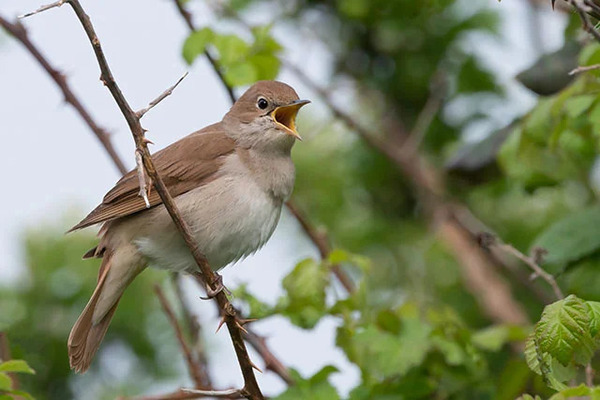
Sound: The nightingale's song is composed of a wide range of melodious whistles, trills, and gurgles that can carry for long distances.
Habitat: Nightingales are commonly found in temperate regions of Europe, North Africa, and parts of Asia.
Fun Fact: Despite their reputation for night singing, nightingales are also active during the day but are most vocal at night.
Why They Sing at Night:
Nightingales sing at night to avoid competition with other birds and to use the cover of darkness to be heard from a greater distance. Their songs are often louder and more frequent in the warmer months.
Keywords: Orioles singing at night, bird calls, orioles song at dusk
Orioles are known for their vibrant colors and beautiful songs, but some species also sing at night, particularly during mating seasons. Though they're typically diurnal, their twilight and nighttime songs help with mate attraction.
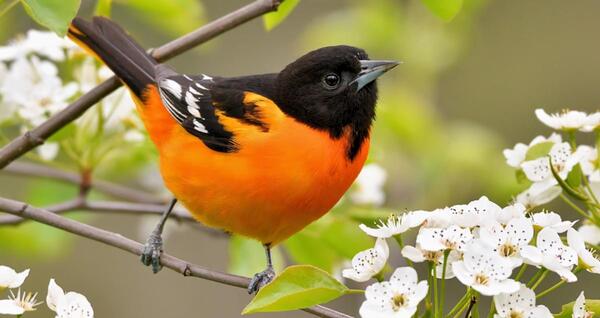
Sound: Orioles sing sweet, melodic whistles and complex tunes, with some species incorporating chattering sounds as well.
Habitat: They can be found across Europe, Asia, and North America, often near open woodlands or orchards.
Fun Fact: Some orioles are known for mimicking the songs of other birds, which makes their nighttime melodies even more interesting.
Why They Sing at Night:
Nighttime singing in orioles often occurs during the mating season when males are trying to attract females. Their songs can be heard around dusk and into the night when the air is calmer and their calls carry further.
Keywords: Night heron calls, herons at night, night heron sounds
Night herons are nocturnal birds that are active primarily during the night. Unlike their daytime cousins, these birds prefer to fish and forage under the cover of darkness, making their calls during the night to communicate with other herons or mark their territories.
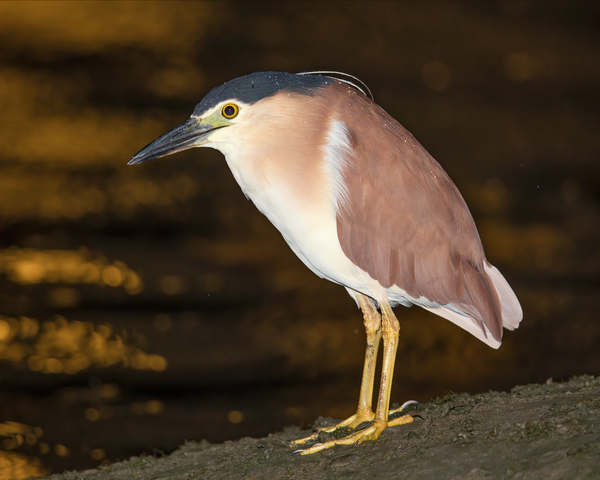
Sound: Night herons have a distinct "quark" sound that is harsh and grating. Their calls can carry across long distances at night.
Habitat: Found in wetlands, coastal areas, and riverbanks across North America, Europe, and Asia.
Fun Fact: Night herons have excellent night vision, making them adept at hunting fish in low-light conditions.
Why They Sing at Night:
Night herons are nocturnal, so their calls are naturally heard at night. These calls help in communication with others of their species, and can also act as warnings when predators approach.
Keywords: Owl hoots, owls singing at night, hooting at night
Owls are the most iconic of all night-singing birds. Known for their mysterious hoots, these birds are true nocturnal creatures. They use their distinctive calls to communicate with mates, defend their territories, and sometimes to hunt prey.
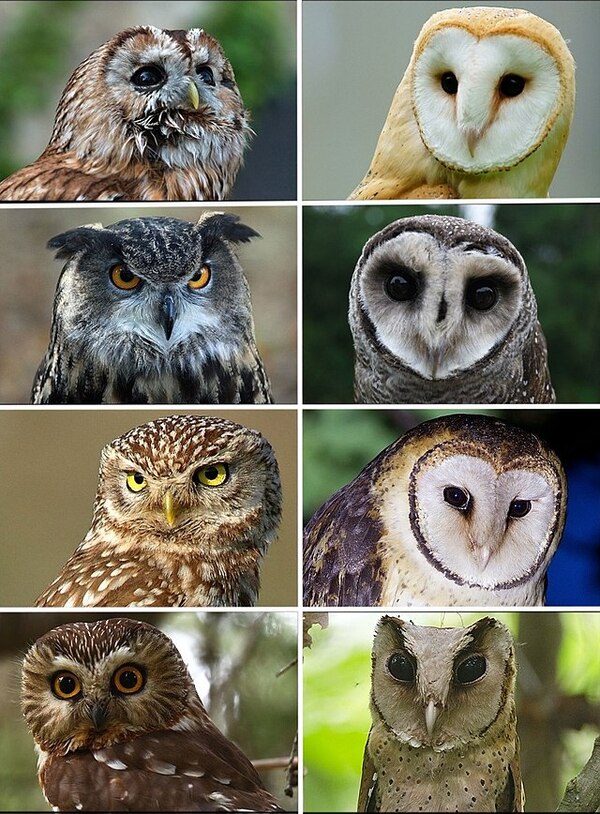
Sound: Owl hoots are deep, resonating calls that vary among species. Some owls have high-pitched screeches while others hoot rhythmically.
Habitat: Found worldwide, except Antarctica, owls are common in forests, woodlands, and rural areas.
Fun Fact: Different owl species have distinct calls that can be used to identify them in the dark.
Why They Sing at Night:
Owls are nocturnal hunters. Their hoots help them establish territory, find mates, and communicate with other owls. Since they hunt mostly at night, their calls are most active in the dark.
Keywords: Woodcock night flight, woodcock calls, birds flying at dusk
Woodcocks are known for their dramatic "sky dances" during the breeding season. These nocturnal birds are active at twilight, flying up from the ground in spirals while calling to attract mates. Their calls are often heard just after sunset.
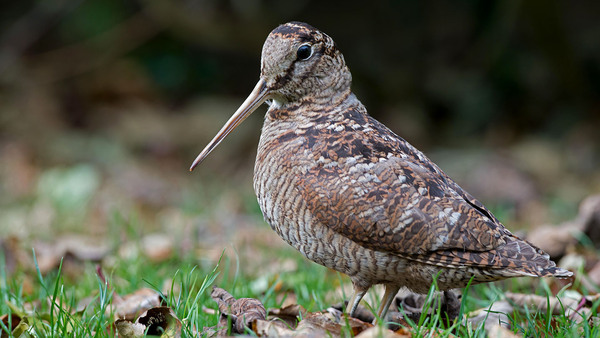
Sound: Soft, deep calls with rhythmic "bleep" sounds that are characteristic of their display flight.
Habitat: Woodcocks are found in Europe, parts of Asia, and North America, typically in forests with dense undergrowth.
Fun Fact: The male woodcock's sky dance is often accompanied by their melodic calls, which are most commonly heard at night.
Why They Sing at Night:
The woodcock's nighttime calls are part of a mating ritual. The birds use their calls and aerial displays to signal to potential mates and establish their territory.
Keywords: Egret nighttime sounds, egret calls at night, egret bird calls
While egrets are typically active during the day, some species make rare calls at night. These birds use their sharp, piercing calls to communicate with other egrets or when startled by predators.
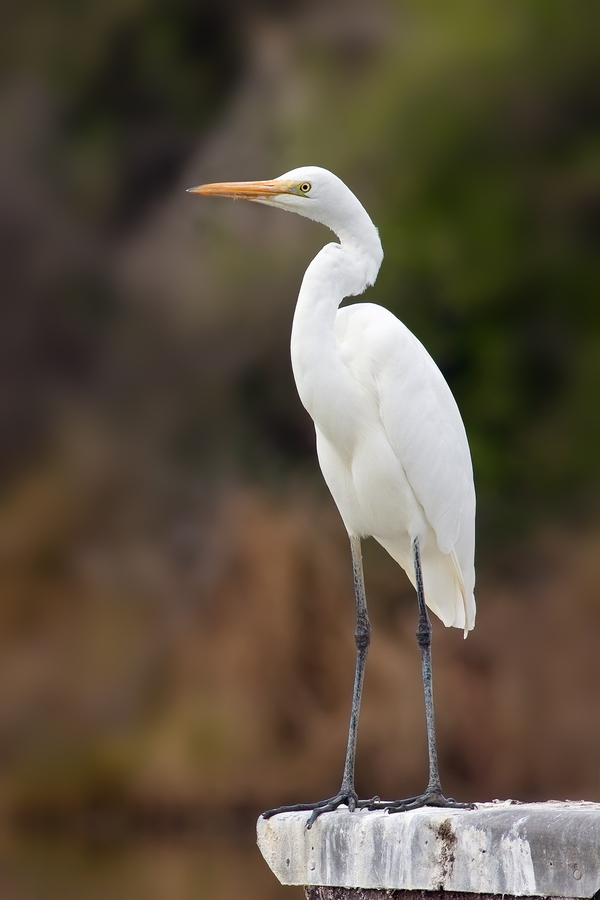
Sound: Egrets produce sharp, high-pitched calls that are often heard during the night when they feel threatened or startled.
Habitat: Egrets are found near wetlands, rivers, and coastal areas around the world.
Fun Fact: Egrets are often seen roosting in large colonies, and at night, their calls can sometimes echo through the wetlands.
Why They Sing at Night:
Egrets' nighttime calls are not as frequent as other species, but when they do call, it’s typically in response to danger or during social interactions in their roosting colonies.
Keywords: Tawny frogmouth night calls, frogmouth birds, Australia night birds
Native to Australia, the Tawny Frogmouth is a nocturnal bird often mistaken for an owl. It has a distinctive wide, flat beak and a haunting call that echoes through the Australian night. Tawny Frogmouths are often heard, but rarely seen, as they are expert at blending into their surroundings.
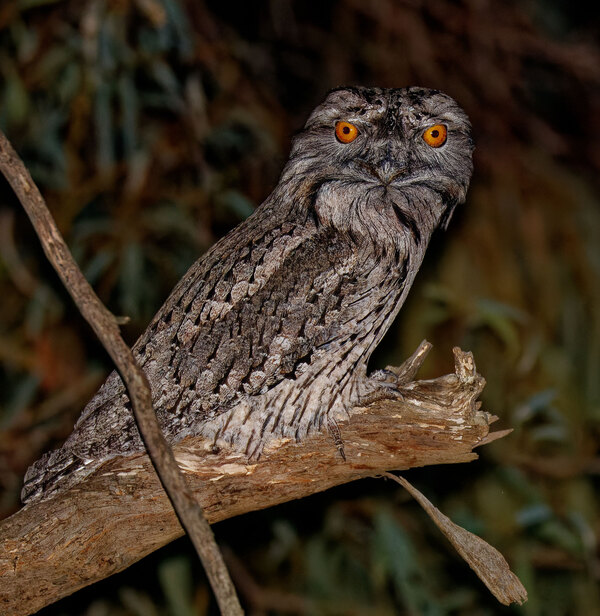
Sound: Tawny Frogmouths produce soft, guttural calls, often resembling a soft "whoo-hoo" sound.
Habitat: Found across Australia and parts of New Guinea, these birds prefer wooded areas and forests.
Fun Fact: Tawny Frogmouths are not true owls, but their nocturnal behavior and similar calls make them easy to confuse.
Why They Sing at Night:
The Tawny Frogmouth’s calls are heard at night, typically for communication purposes, including attracting mates or defending territory.
Keywords: Nighthawk calls at night, nocturnal birds, nighthawk song
Nighthawks are another bird that thrives at night. These birds are known for their aerial displays, during which they perform acrobatic flight patterns while calling to attract mates or warn off intruders.
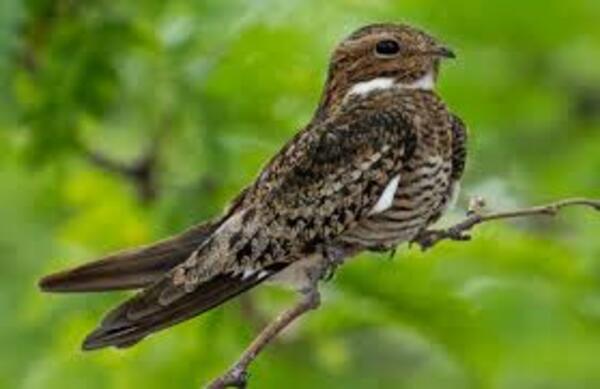
Sound: Nighthawks produce high-pitched, soft calls, which can be heard while they fly through the night sky.
Habitat: Found across North America, Central America, and parts of South America, nighthawks are most often seen in open habitats.
Fun Fact: Nighthawks are insectivores and hunt for insects at night, using their calls to communicate with other birds.
Why They Sing at Night:
Nighthawks are most active during twilight and nighttime hours, using their calls to establish territory and attract mates.
Keywords: Cuckoo calls at night, cuckoo bird songs, cuckoo singing at midnight
Cuckoos are best known for their distinctive "cu-coo" call, which is often heard during the daytime. However, some cuckoo species also sing at night, especially during the breeding season, to communicate with mates.
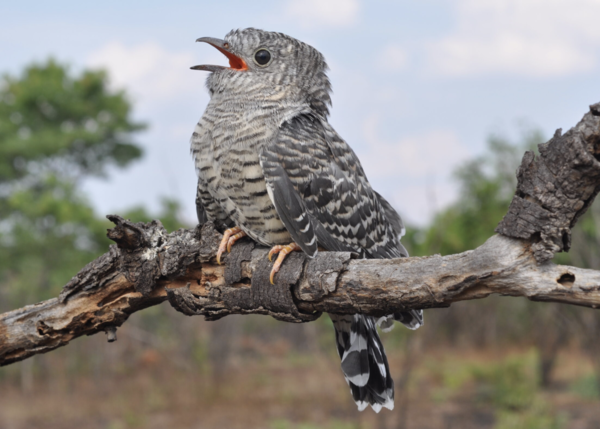
Sound: The iconic "cu-coo" sound, often heard during the night when cuckoos are trying to communicate with other birds.
Habitat: Cuckoos are found across Europe, Asia, and parts of North America.
Fun Fact: The cuckoo's call is often associated with the arrival of spring and is commonly heard in forests, gardens, and woodlands.
Why They Sing at Night:
Cuckoos often sing at night to establish territory and attract mates. Their songs are especially prominent during the breeding season.
Keywords: Nightjar calls, nightjar birds, nocturnal nightjar song
Nightjars are small, nocturnal birds that are most active during the night. They produce soft, low-pitched calls that are often described as "churring" sounds, which can be heard from a distance as they fly or rest.
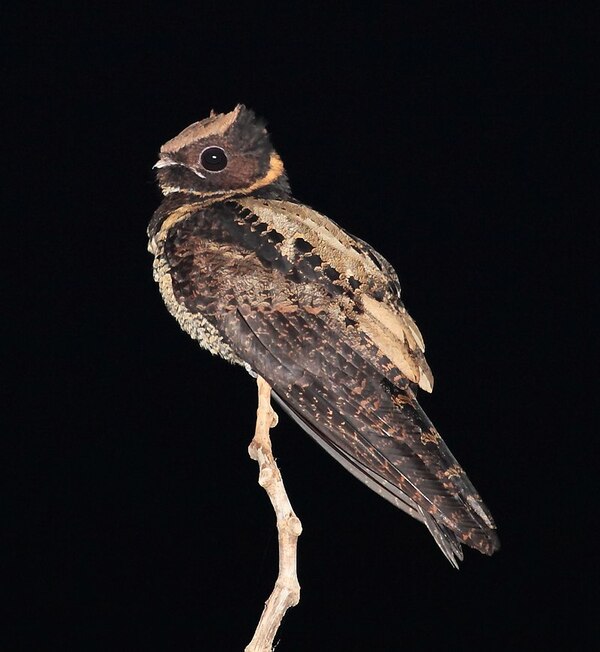
Sound: Nightjars create soft, rhythmic, low-pitched calls that are often heard at night.
Habitat: Nightjars are found across Europe, Asia, Africa, and the Americas, particularly in grasslands, open woodlands, and forests.
Fun Fact: Nightjars are named after their habit of calling at night, and their nocturnal nature makes them hard to spot during the day.
Why They Sing at Night:
Nightjars are insectivores and hunt primarily at night. Their calls help them communicate with other birds and navigate their nighttime environment.
Night-singing birds are a captivating part of the nocturnal ecosystem. From the beautiful melodies of nightingales to the eerie hoots of owls, these birds have evolved to thrive in the dark. Whether for communication, mating, or territorial defense, their songs add a unique soundtrack to the nighttime world. So, the next time you hear a bird singing at night, remember that it might just be one of these fascinating nocturnal songsters!
animal tags: Night-singing-birds
We created this article in conjunction with AI technology, then made sure it was fact-checked and edited by a Animals Top editor.